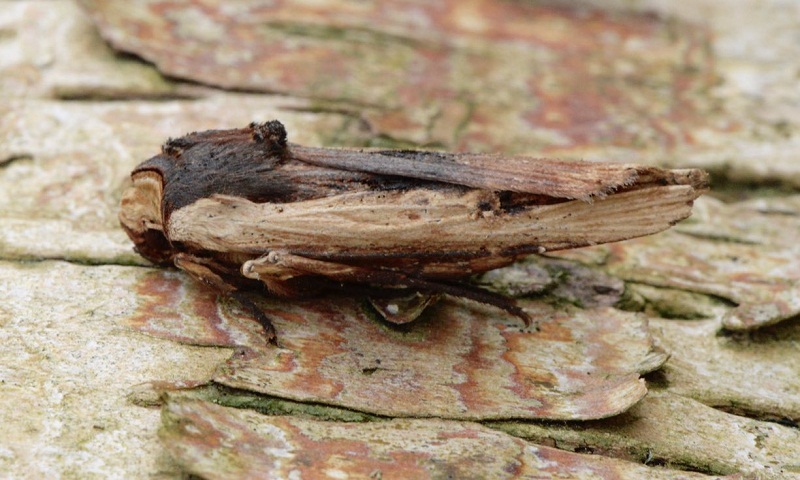Hunting for moths in the night garden

Allendale, Northumberland I linger, hoping to see a flicker of wings before leaving the trap to work its magic. The night garden is brilliantly lit by the full moon of the moth trap’s bulb. Shadows are thrown deep into the drystone walls and the hawthorn branches show bright against the dark fields. Shading my eyes against the UV light, I linger, hoping to see a flicker of wings before shutting the door and leaving the trap to work its magic. Once a week I record which species are drawn to the light, my first year of contributing data to the Garden Moth Scheme. This became a national project in 2007 and the fluctuations it shows are a valuable indicator of environmental change. The colour-coded Field Guide to the Moths of Great Britain and Ireland by Waring, Townsend and Lewington, covers 896 species, illustrated in their natural resting positions. These are the macro moths – there are a further 1,550 or so micro moths, which sometimes makes identification a challenge. There’s a moment of childhood discovery or of treasure hunting in the morning’s revelation. First I scan the wall of the shed that shelters the trap. Moths hide in the crevices of the door, under hinges, in paving cracks, or are camouflaged on the lichened stone wall. In perfect mimicry of a sliver of wood, a red sword-grass , Xylena vetusta, rests amid a litter of twigs. An upland species, this large moth keeps its red-flushed wings tightly rolled around its abdomen, narrowing to a point to resemble a fragment of woodchip. With a head like a shaven pencil, it is only recognisable as an insect when it splays its legs to walk on my hand. Many “moth-ers” have had empty traps due to this spring’s cold winds. In the relative calm of the valley I’ve had gatherings of Hebrew Characters and Clouded Drabs with less frequent Pale Pinions and Lesser Swallow Prominents.
Read More: http://www.theguardian.com/environment/2017/may/23/hunting-moths-night-garden-country-diary

